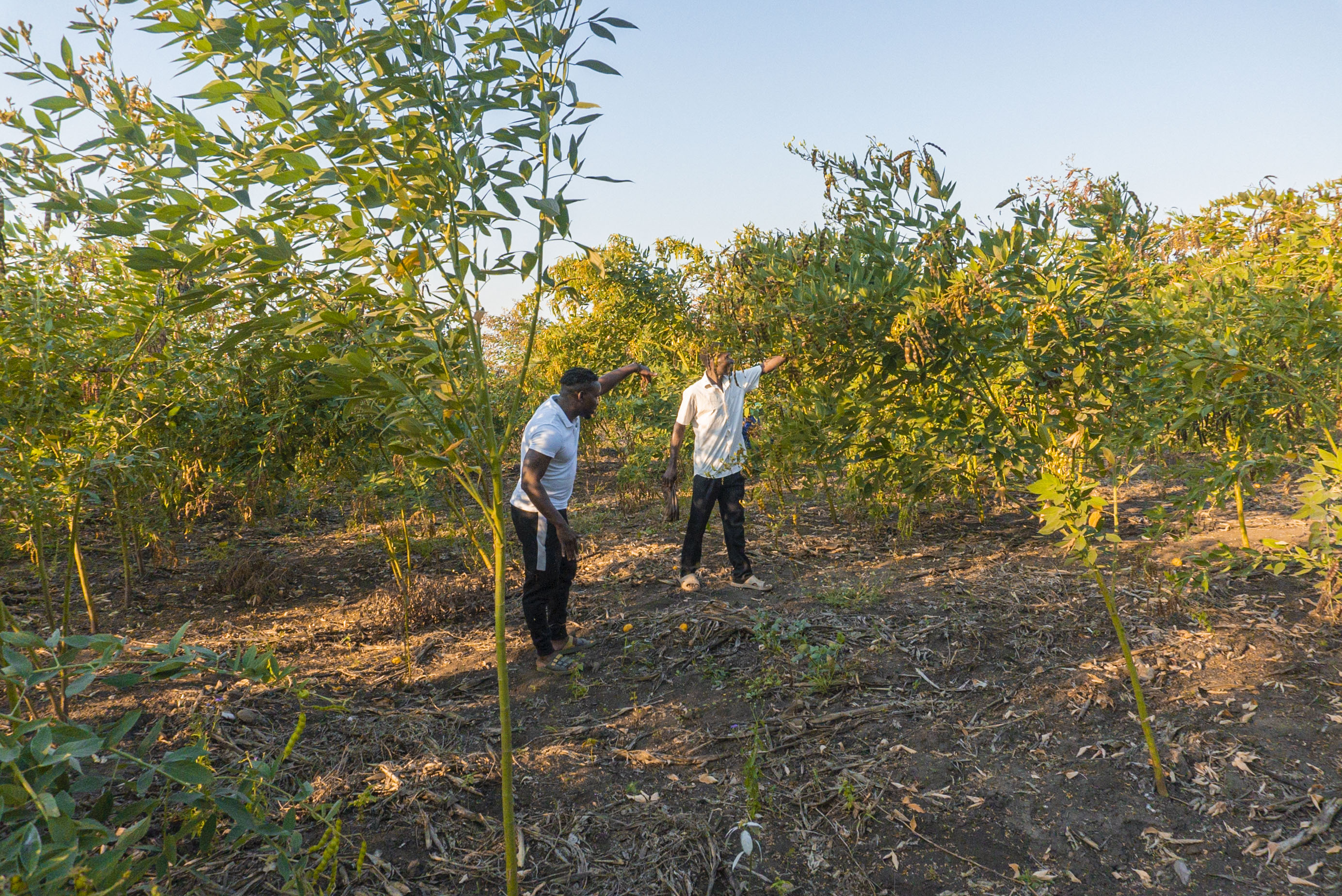
Introduction
Smallholder farmers in communities like Bolero are on the frontlines of climate change, experiencing firsthand the impacts of erratic weather patterns, rising temperatures, and dwindling water resources. These changes are not just disrupting agricultural productivity but are also posing a serious threat to food security and nutrition. As the climate shifts, the question of how farmers can adapt and ensure food for their families becomes increasingly critical.
A study was conducted to explore the interplay between climate change and nutritional outcomes, focusing on how climate-smart agriculture (CSA) practices can provide a sustainable solution for rural farming communities. The findings offer valuable insights for policymakers, practitioners, and the public on the urgent need to integrate climate resilience into agricultural strategies to safeguard both crops and nutrition.
The Role of Climate-Smart Agriculture (CSA)
Climate-smart agriculture is a strategic approach designed to address the challenges of climate variability while improving food security. It focuses on three key pillars: increasing agricultural productivity, enhancing resilience to climate change, and reducing greenhouse gas emissions where possible. In Bolero, farmers have embraced various CSA practices, including minimal soil tillage, small-scale irrigation, soil and water conservation, crop diversification, and early maturing and drought-resistant crop varieties.
These techniques not only protect the environment but also help farmers adapt to the increasingly unpredictable weather patterns. For example, by promoting crop diversification and using shock-tolerant varieties, CSA reduces the risk of crop failure in the face of climate-induced shocks such as droughts or floods. In turn, this leads to more stable food production and improved nutrition outcomes, as farmers are better able to secure a diverse range of food crops throughout the year.
Climate Change and Nutritional Outcomes
The connection between climate variability and nutrition is a critical one. As the weather becomes more erratic, crop yields can become less predictable, leading to food shortages and price increases, which directly affect the nutritional intake of vulnerable populations. The study reveals that farmers in Bolero grow a variety of crops—such as maize, soybeans, groundnuts, and cassava—that are essential for both household consumption and income generation. These crops are often the first line of defense against food insecurity.
Staple crops like maize and cassava provide crucial carbohydrates, while legumes such as soybeans and groundnuts are vital sources of protein. However, changes in rainfall patterns and rising temperatures can reduce yields, making it harder for families to meet their nutritional needs. Farmers are increasingly finding it difficult to produce enough food to feed their households, let alone generate a surplus for income.
Challenges to Adopting CSA Practices
Despite the clear benefits of CSA, the study found that only 28% of farmers in Bolero apply these practices across their entire farms. Many farmers cite practical barriers, such as limited labor and resources, as reasons for partial adoption. For example, practices like small-scale irrigation and mulching, which are crucial for protecting crops during dry spells, require equipment and labor that many farmers lack. Additionally, some land areas are naturally fertile and may not need intensive CSA practices, which contributes to selective application.
Another challenge is the risk of experimenting with new practices. Farmers are often cautious about fully adopting CSA techniques due to the fear of crop failure, especially when it comes to unfamiliar crops or methods. This caution is understandable, as a poor harvest can have severe consequences for both food security and income.
Why This Study Matters
This study highlights the critical relationship between climate change, agriculture, and nutrition. As climate variability continues to disrupt traditional farming practices, it becomes more important than ever to find sustainable solutions that help farmers adapt and thrive. For policymakers, the results underscore the need to invest in CSA initiatives, providing farmers with the tools, knowledge, and resources they need to apply these practices effectively. Support for infrastructure, such as irrigation systems and soil management tools, will be key to helping farmers overcome the barriers to full adoption.
For agricultural practitioners, these findings highlight the importance of localized, farmer-led solutions that recognize the specific challenges faced by communities like Bolero. By supporting these communities in their efforts to implement climate-smart techniques, we can make significant strides toward building more resilient food systems and improving nutritional outcomes.
The Road Ahead
Climate-smart agriculture presents a vital opportunity to address the growing threats of climate change while ensuring better nutrition for vulnerable populations. By overcoming the barriers to adoption and encouraging the wider implementation of CSA practices, farmers can become more resilient to climate variability, secure their food supply, and ultimately, improve the nutritional well-being of their households.
As climate change continues to alter the agricultural landscape, integrating CSA into farming practices is not just a smart choice—it’s a necessary one for the future of food security and nutrition.
